In the reaction, ![]() the product (X) is :
the product (X) is :
(1) 
(2) 
(3) 
(4) 
Rank the following in oreder of increasing value of the equilibrium constant for
hydration K. (Smallest value first).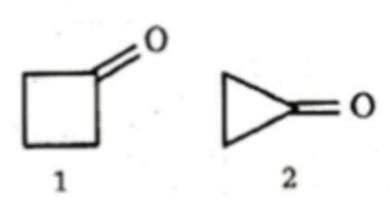
1. 1<2<3
2. 3<1<2
3. 2<1<3
4. 2<3<1
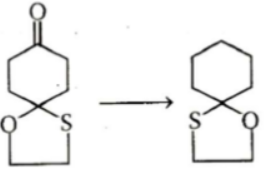
Above conversion can be achieved by
1.
2.
3.
4.
Compounds (x) in the above reaction is:
1.
2.
3.
4.
Product(A) is
1.
2.
3.
4.
Product (A) and (B) is differentiated by
1. 2-4-DNP
2. NaOI
3. Na-metal
4. NaHSO
Product(A) of the reaction is
1.
2.
3.
4.
Compound A (molecular formula is treated with acidified potassium dichromate to form a product B(molecular formula ). B forms a shining silver mirror on
warming with ammonica silver nitrate, B when treated with an aqueous solution of NH
NHCONH and sodium acetate gives a product and sodium acetate gives a product C.
Identify the structure of C.
1.
2.
3.
4.

Compound (A) will be
(1) Ph−C≡C−C≡C−CHO
(2) Ph−C≡C−CH=CH−CHO
(3) Ph−C=CH−C≡C−CHO
(4) Ph−CH=CH−CH=CH−COH

Product(B) is
1. ![]()
2. 
3. 
4. 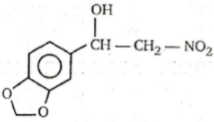
Carbonyl group undergoes:
1. Electrophilic addition reactions
2. Nucleophilic addition reactions
3. Both (1) and (2)
4. None of the above
Formaldehyde is not used in:
(1) adhesives
(2) bakelite
(3) tooth powders
(4) explosives
Identify the compound that on Aldol condensation followed by dehydration gives methyl vinyl ketone.
1. Methanal and ethanal
2. Two moles of formaldehyde
3. Methanal and propanone
4. Two moles of ethanal
The reagent with which both acetaldehyde and acetone react easily is:
(1) Fehling's solution
(2) Grignard reagent
(3) Schiff's reagent
(4) Tollens reagent
Formaldehyde can be distinguished from acetaldehyde by the use of:
(1) Schiff's reagent
(2) Tollens reagent
(3) Fehling's solution
(4) NaOH and iodine
Dry distillation of barium salt of Hexane-1,2-dicarboxylic acid gives:
1.
2.
3.
4.
In the reaction, P is:
1.
2.
3.
4. none of these
Compound (A) forms a phenyl hydrazone and gives negative Tollen's and iodoform tests. Compound (A) on reduction gives n-pentane. Compound (A) is:
(1) A primary alcohol
(2) An aldehyde
(3) A ketone
(4) A secondary alcohol
Identify Z in the series,
(1)
(2)
(3)
(4)

The major product A is:
(1) 
(2) 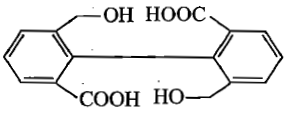
(3) 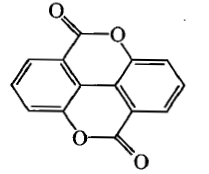
(4) 
Lactone 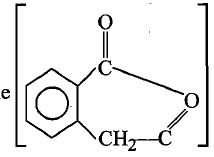 can be obtained by which of the following on heating with alkali followed with acid hydrolysis?
can be obtained by which of the following on heating with alkali followed with acid hydrolysis?
| 1. | 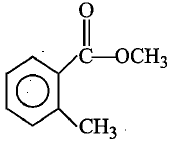 |
| 2. |  |
| 3. |  |
| 4. |  |